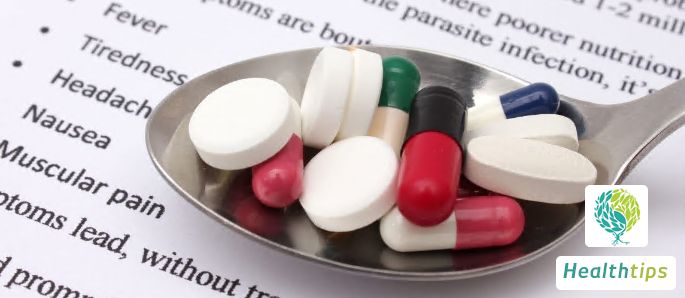How Much Does a Single Acupuncture Session Cost?
Acupuncture is generally charged based on the treatment process. For special conditions such as cervical spondylosis and lumbar disc herniation, 10 sessions usually constitute a treatment course. Depending on the patient's needs and rehabilitation progress, 3 to 5 sessions may be prescribed for a single course of treatment. The cost of acupuncture varies across different regions, with a single session typically ranging from 30 to 50 yuan for needle insertion. Other acupuncture techniques, such as catgut embedding and bloodletting therapy, may be more expensive.

The sensation associated with acupuncture is generally described as a combination of sourness, numbness, distension, and heaviness. Sometimes, it's a feeling that's difficult to describe. While some patients may find it comfortable, even describing it as a pleasant type of pain, others may mistake the discomfort for actual pain. This uncomfortable sensation is believed to be located within the "meridians" and "channels," which are not superficial but rather deeper within the body.
Acupuncture has the effect of regulating the flow of qi and blood through the meridians, allowing blocked channels to become unobstructed and function normally. This is one of the fundamental and direct therapeutic effects of acupuncture. The meridians are internally connected to the internal organs and externally linked to the limbs and joints, and their key function is to circulate qi and blood. When the flow of qi and blood is obstructed, it can lead to symptoms such as pain, numbness, swelling, and bruising.
Acupuncture aims to select the appropriate acupuncture points and techniques, such as using three-edged needles for bleeding, to unblock the meridians and restore normal qi and blood circulation. Its harmonizing effect on yin and yang helps the body transition from a state of imbalance to a balanced state, which is the ultimate goal of acupuncture treatment. The pathogenesis of diseases is complex but can generally be attributed to imbalances in yin and yang. The harmonizing effect of acupuncture on yin and yang is achieved through the manipulation of meridians, based on their yin and yang properties, the combination of acupuncture points, and the techniques used.
Moreover, acupuncture has the effect of strengthening the body's vital qi and eliminating pathogenic factors. The occurrence and development of diseases, as well as the entire process of their origination, essentially involve a struggle between the vital qi and pathogenic factors. The effectiveness of acupuncture in treating diseases lies in its ability to fully exert its functions of strengthening the vital qi and eliminating pathogenic factors.



















